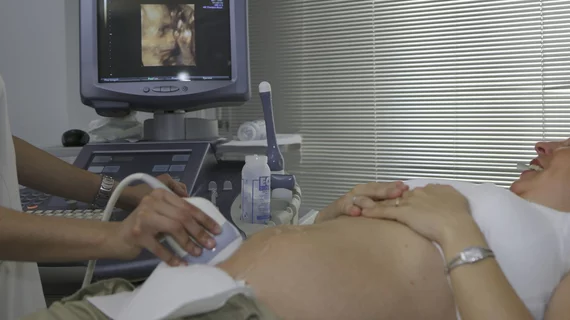Communications training helps obstetric sonographers beat back burnout
Getting trained in how best to deliver bad ultrasound news to obstetrics patients helps sonographers improve their skills and beat back burnout, according to a study published online Dec. 12 in Ultrasound, the journal of the British Medical Ultrasound Society.
In the U.K., sonographers occupy a middle ground between U.S. ultrasound technologists and radiologists, not only performing scans but interpreting many as well, at least preliminarily.
According to lead author Judith Johnson of the University of Leeds and colleagues, U.K. sonographers regularly report high levels of burnout and frequently cite as a key cause the conveying of difficult news to pregnant women.
To see if training would make a difference, the researchers offered such instruction and then conducted a cross-sectional survey.
Some 90 sonographers (85 female, mean age 47) completed the survey.
Of these, 80 percent indicated they’d been experiencing exhaustion, 43.3 percent said they were experiencing “disengagement” and an eye-opening 88.9 percent “could be classed as having a minor psychiatric disorder,” the authors reported.
Following the training, the majority of participants said they believed their skills had improved.
Observation of clinical practice as well as feedback emerged as the participants’ favored means of improvement.
Further, the training was associated with lower levels of disengagement even when other variables were controlled for, Johnson and colleagues reported.
“News delivery training is perceived to be effective by sonographers and may help to reduce sonographer burnout levels,” the authors concluded.

